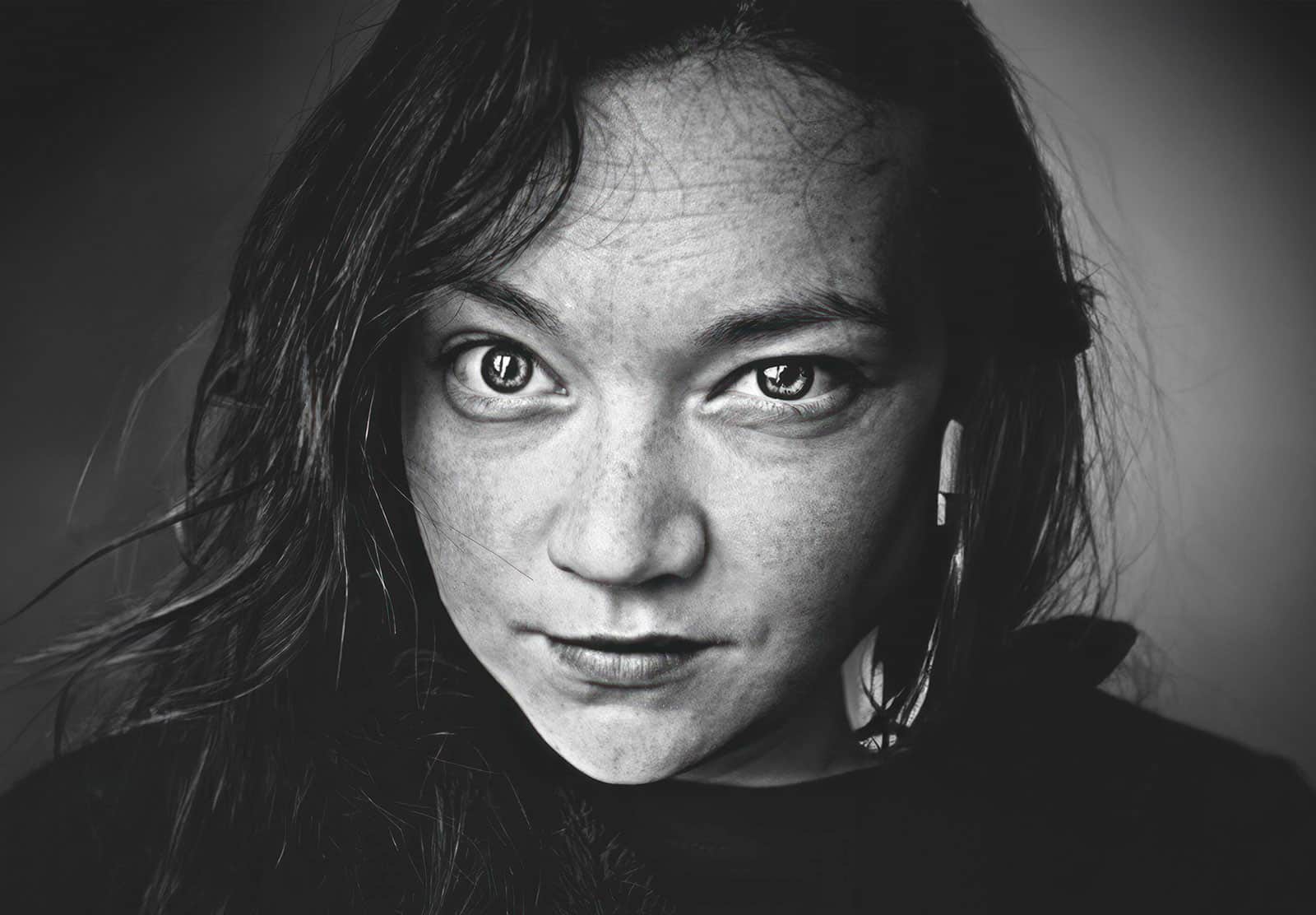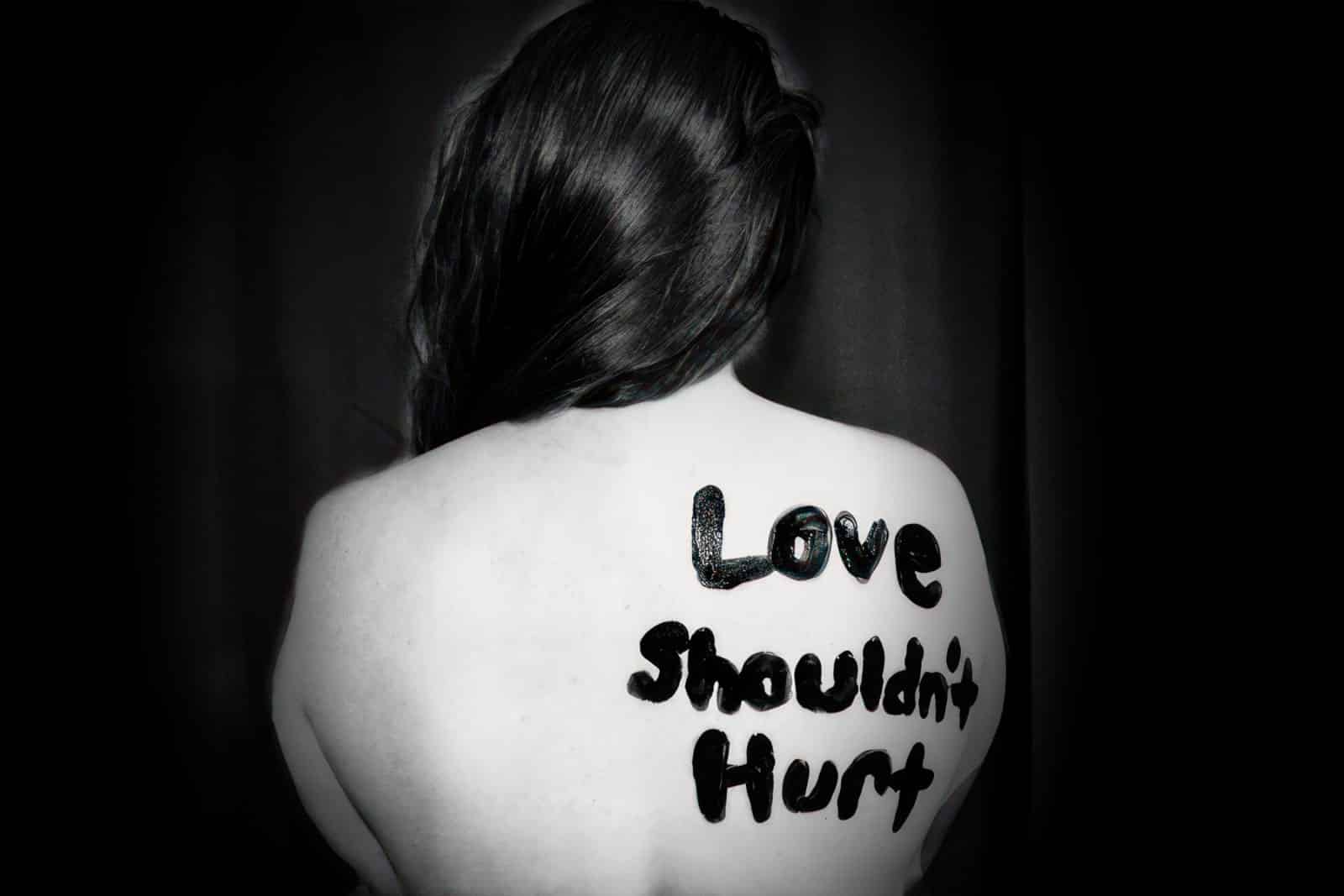Sexual assault, stigma and suicidality
Mercury Newspaper | July 2021
Despite increased attention given to suicide prevention, we see little if no reduction in suicide statistics. Coronial inquests look at the circumstances around individual cases. The new Royal Commission into veteran suicides will look into “military life” but it is not leading with the impact of trauma as a causal factor. A common response to the high rates of suicide and suicide attempts among sexual assault survivors is to lament their ‘lost battle’ with stress, anxiety and depression.
With an increase in disclosures of sexual assaults in Australia, comes a growing awareness of the length of time it takes for a person to disclose and the correlations between the experience of sexual assault and suicide.
If we unpack this response for a moment, the idea that sexual assault flicks a mental health switch that results in a suicide, we see that we risk reducing the context of a person’s death to a poorly managed individual response to a triggering event. From the perspective of specialist support services, there is undoubtedly much more to the story of sexual assault and suicidality than poorly managed mental health.
While mental wellbeing is acutely relevant to suicidality, social conditions (therefore conditions that can be changed) are also inevitably present within the experience of suicide. In particular, the experience of stigma is recognised as being significant for people experiencing suicidal ideation.
The high rates of suicide for Aboriginal and Torres Strait Islander peoples and for LGBTI+ community members tell us that there are shared experiences of stigma, mixed with social
exclusion and discrimination that increase the risk of suicide. When these elements overlap with normal human experiences of anxiety and stress, the conditions are in place for increased suicide attempts and higher fatal suicide statistics.
Childhood sexual assault is one of the most stigmatising experiences a person can endure. And while fear of social stigmatisation prevents many sexual assault survivors from accessing support or reporting their experience, the coinciding internalised stigma is a burden that results in childhood sexual assault survivors taking on average 24 years to disclose the crime, if they disclose at all.
The pervasive burden of stigma is described well by a survivor who declared, “even my cat stigmatises me.“
Even without disclosing the experience of abuse, survivors often feel deeply humiliated, disgraced and ashamed. They rightly fear being blamed by others and most will blame themselves. They can be left bearing such responsibility for what they have endured that a disclosure feels almost like an admission. As one survivor shared, “Internalised stigma feels like wearing a neon sign that loudly declares your experience even when you’ve never told another person.“
There are many reasons for this, including the fact that in normal childhood development children blame themselves for traumatic things that happen. Further, the assault itself may have been delivered as an act of punishment: “if you weren’t naughty I wouldn’t have to do this.” These conditions are compounded by Draconian ideas about sex that suggest many sexual acts are sinful and the result of a personal failing.
Research shows survivors from already marginalised populations are more likely to be disbelieved and receive a negative response when they seek help compared with the general population. For marginalised people, the stigma intensifies.
When we think about the high rates of suicidality amongst people who have experienced sexual assault, we must think about the social context of accountability, responsibility and justice in which they lived. If the assault is constructed as being the fault of the victim, this becomes the experience that they have to live with.
When we think about the suicide of sexual assault victims, we need to acknowledge the conditions in which they lived. People who have experienced sexual assault don’t end their life because of a failed attempt to manage their mental health, but because the conditions of their existence held them responsible for the trauma and very likely afforded a level of protection to the perpetrator.
The antidote to this situation is to believe survivors, regardless of their social circumstances. We need to elevate survivors to the position of expert, regarding both their lived experience and the response they need to survive it. Our service and justice responses must be designed to provide comfort and restore dignity in every way. For as long as this is not occurring, we will be limiting the opportunities for accountability in the perpetration of child sexual assault.
Another necessary correction is to expect and model transparency at all times. Understanding that sexual assault always occurs when there is an imbalance of power means calls for the experience of power to be scrutinised with no exceptions – at home, in the workplace, in schools and elsewhere. For those with power over others and in positions of power, the need to understand the responsible use of power is essential. Values, language and behaviours that blame, minimise, or disregard sexual assault need to be exposed, challenged and eradicated.
When people who have experienced sexual assault end their lives, we must acknowledge that the cause of their death lies in the trauma they have been subjected to in a society that has not only failed to protect, but also failed to respond with due compassion and accountability.
Alina Thomas is the CEO of Tasmania family violence service, Engender Equality. In her work, she calls for a social examination of gendered issues. Alina is a white woman, living on the stolen lands of the palawa people.
If you would like to talk to someone about your experience please call 1800 RESPECT on 1800 737 732.
Tasmanian advocates say disability sexual violence rates underrepresented
By Brinley Duggan
Posted to The Examner online July 19 2021 – 11:18am
The reality of how many people with a disability are survivors of sexual violence is grossly underreported, according to advocates and victim-survivors.
According to the Australian Bureau of Statistics the rates fluctuates around 30 per cent, while data from the Australian Institute of Health and Welfare estimates the number to be close to 60 per cent.
Whichever way it is looked at, the number is “mind blowingly high” and a reflection of both the system and social supports failing says North-West Tasmanian disability advocate Tess Moodie.
“It’s so difficult when we start talking stats because it’s such a largely underreported area for multiple reasons.”
“We know it’s higher than the research shows.”
Tess Moodie is a victim-survivor of sexual violence and has multiple diagnosed forms of disability, including Ehlers-Danlos Syndrom and being on the autism spectrum.
“I wasn’t diagnosed as autistic until I was 41,” they said.
“As a teenager I didn’t have a great understanding of social cues and risk and which people were safe and which people weren’t. This made me more at risk of predatory behaviour from older men.”
Tess Moodie is determined to use their experience to power them in their advocacy, help raise awareness and work to reduce violence against women with disability.
“We’re only vulnerable because society makes us that way. Society doesn’t protect us and safeguard us when it should.”
They said without support structures people with disability were often unable to identify or report sexual assault or even communicate that something that happened to them was sexual assault.
Lacking educational frameworks, accessibility to support services and targeted prevention responses were to blame, they said, and the fact the person caring for them was often the one perpetrating the assault further complicated the ability to report.
We’re only vulnerable because society makes us that way. Society doesn’t protect us and safeguard us when it should.
Tess Moodie
Tasmanian disabled woman, victim-survivor and advocate Sara Pensalfini echoed Tess Moodie’s comments.
Ms Pensalfini’s childhood was marred by prolonged sexual abuse from a young age.
Like Tess Moodie, Ms Pensalfini has turned her experience into relational advocacy. Ms Pensalfini, like Tess Moodie, exudes the sense that enough is enough when it comes to sexual violence being perpetrated against women with disability.
“We talk about vulnerability but the shift has to actually go to why are we more vulnerable?” she said.
“We’re preyed upon. Vulnerable people are preyed upon by predators.”
“First and foremost we need to spend more time, money and focus on early intervention to stop predatory behaviour.”
Launceston and North-West based sexual assault support service Laurel House is working to help people with a disability who are survivors of sexual violence
Disability project officer Kim Atkins has been working within the field for years and is currently developing a program at Laurel House aimed at building capacity for health providers, allied health professionals and disability service providers to improve their ability to respond to disclosures of sexual assault.
Laurel House disability project officer Kim Atkins. Picture: Craig GeorgeShe said the need to hone in on the reality of sexual assault in the disability community was imperative.
“Up to 90 per cent of people living with disability may have experienced sexual assault at some time in their life,” she said.
“It’s an absolutely staggering problem. And the vast majority of disability health providers that work in the sector aren’t aware that the rates are so high.”
Ms Atkins said the issue of sexual violence perpetrated against women with disability had been continually pushed to the back of the mind, and the line, and only now was its reality being remotely understood.
“As horrible as it sounds, society has a pecking order and people with disability have been largely voiceless,” she said.
“Then if you are a person with a disability there are additional barriers to disclosing sexual assault. There’s a range of barriers for people with disability.”
Ms Pensalfini and Tess Moodie said the community affected by the high rates of sexual violence were fully aware of why it had happened and how it was able to continue.
They said the lack of social structures had been a perpetuating problem where victim-survivors were rendered voiceless, and predators were empowered.
Ms Pensalfini was defiant in drawing her line in the sand, enabled by programs like the one Ms Atkins is powering and the voices of people with a similar voice like Tess Moodie.
“We’re all human beings. The idea of equity should be that we all have a right to not be sexually abused,” she said.
“Some people have an easy way of communicating what’s going on in their lives and it’s our responsibility as a society to put these things in place to make sure those people have even more opportunities to communicate in whatever way they need to as to what is going on.”
“There needs to be higher amounts of service in these areas, and that’s just not happening.”

